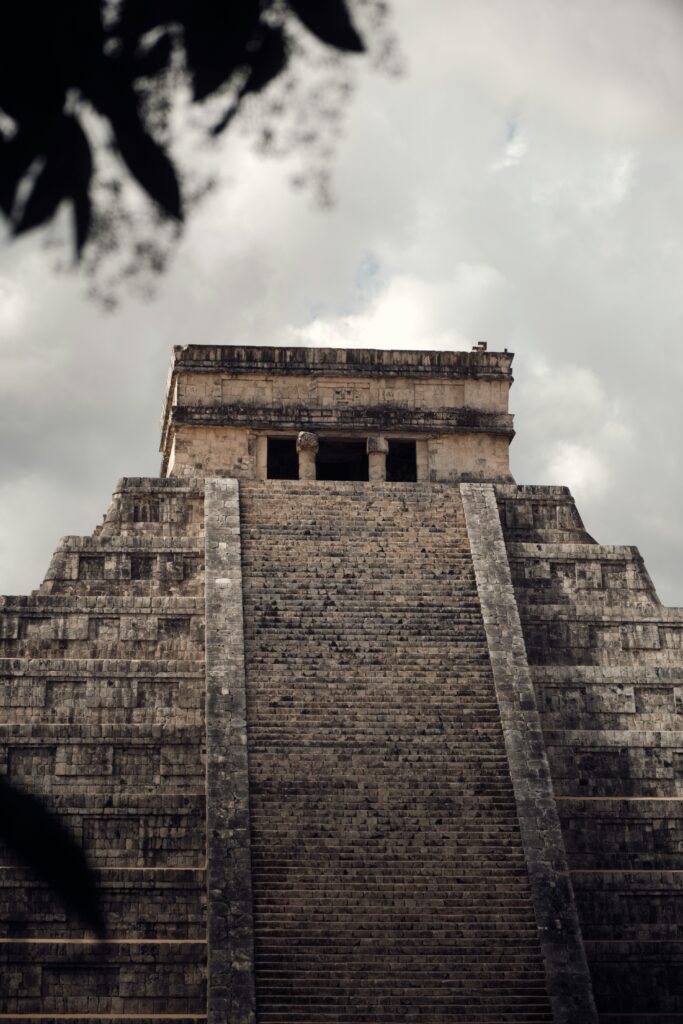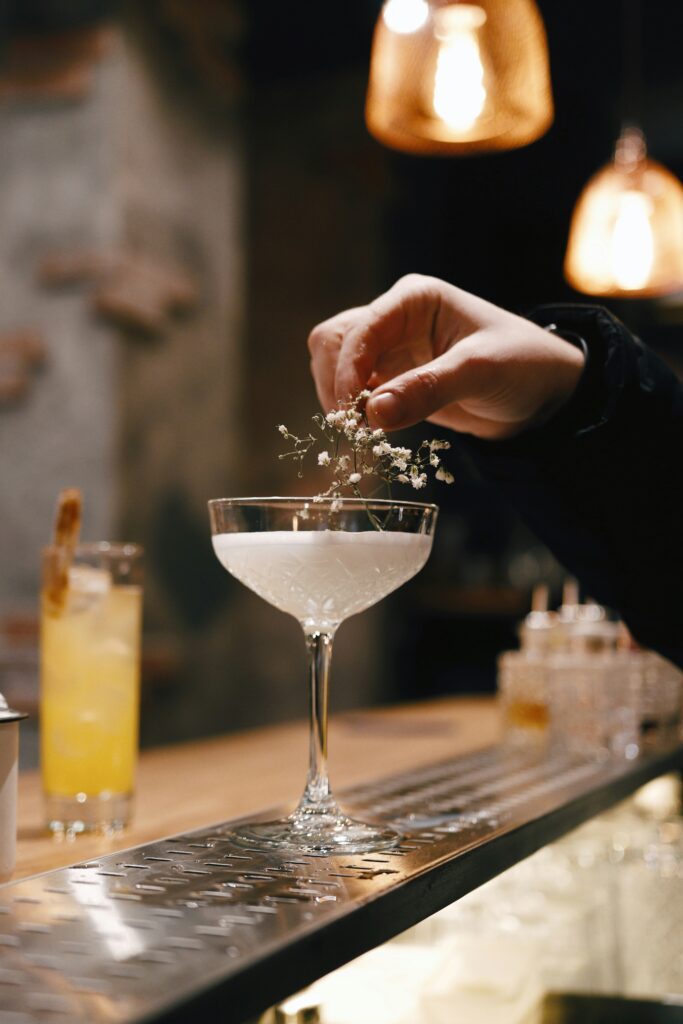The Cancún food scene offers an extraordinary culinary journey that extends far beyond the swim-up bars and poolside nachos. This vibrant tapestry of flavors awaits Canadian travelers willing to venture outside their all-inclusive resorts. While hotel buffets offer convenience, the authentic gastronomic treasures of this Mexican paradise reveal themselves to those who explore local eateries, markets, and street food stands.
Don’t forget to take a look to our complete guide on Cancún !
Complete Cancún Guide

Cancún’s Gastronomic Landscape: Beyond the Resort Buffet
The typical Canadian visitor to Cancún might spend their entire vacation consuming international cuisine at their resort. However, Cancún’s local food scene has evolved dramatically in recent years, blending traditional Yucatecan cooking with contemporary techniques and international influences.
Chef Roberto Solís, whose Néctar restaurant has garnered international acclaim, explains: “Tourists are increasingly seeking authentic experiences. They want to taste real Mexican flavors, not just the sanitized versions created for international palates.”
The Rich Tapestry of Yucatecan Food

The Yucatán’s culinary traditions differ significantly from what many foreigners consider “Mexican food.” Its diCancún sits in the Yucatán Peninsula, home to a distinctive regional cuisine that differs significantly from what most Canadians recognize as “Mexican food.” The Yucatecan kitchen draws from Maya, Spanish, Lebanese, and Caribbean influences, creating a unique culinary identity.
Signature dishes that Canadian visitors should seek out include:
- Cochinita Pibil: Slow-roasted pork marinated in achiote and sour orange, traditionally cooked underground in banana leaves
- Sopa de Lima: A fragrant chicken soup brightened with local lime
- Papadzules: Corn tortillas filled with hard-boiled eggs, bathed in pumpkin seed sauce
- Tikin Xic: Fish marinated in achiote and citrus, grilled to perfection
According to Visit Mexico’s culinary tourism guide, these dishes represent “living history on a plate,” preserving techniques and ingredients that pre-date European contact.
Where Locals Eat in Cancún
The most authentic dining experiences are found in Downtown Cancún (El Centro), away from the Hotel Zone. Here, Canadian travelers can discover:
Mercado 23
This local market remains largely untouched by tourism. Food stalls serve homestyle cooking at prices that will astonish visitors accustomed to Hotel Zone tabs. The market’s TripAdvisor reviews highlight it as “the real Cancún.”
Parque Las Palapas
In the evenings, this downtown park transforms into a food bazaar where local families gather. Stands sell regional specialties like marquesitas (crispy crepe-like desserts filled with cheese and Nutella) and elotes (grilled corn with mayo, cheese, and chile).
La Destilería
For those seeking a middle ground between authenticity and comfort, La Destilería offers traditional Mexican dishes in a setting that caters to international visitors, along with an impressive selection of tequila and mezcal.
The Seafood Advantage
Cancún’s coastal location provides access to exceptional seafood. The AccuWeather Cancún forecast typically shows ideal fishing conditions year-round, translating to fresh catches daily.
Standout seafood experiences include:
- Fish tacos at El Fish Fritanga: Simplicity at its finest – the day’s catch, lightly battered and fried, served on handmade tortillas
- Ceviche at Marisquería El Pescador: Raw fish “cooked” in lime juice with tomato, onion, cilantro, and chile
- Tikin Xic at La Habichuela Sunset: A refined version of this classic Maya preparation
Cancún International Airport receives seafood shipments that supply both local restaurants and export markets, ensuring quality and freshness rarely matched at Canadian seafood establishments.
Street Food Safety
Many Canadian visitors avoid street food due to health concerns. While caution is warranted, the Government of Canada’s travel advisory for Mexico offers balanced guidance rather than blanket avoidance.
Food safety expert Carlos Mendez of the Cancún Restaurant Association suggests: “Look for busy stands with high turnover. Locals know where it’s safe to eat. If you see a line of taxi drivers waiting at a taco stand, that’s often the best endorsement.”
Beverage Culture Beyond Margaritas

Cancún celebrates Mexico’s rich traditions of agave spirits while embracing vacation-friendly presentations:
- Tequila education through tastings that explore blanco, reposado, and añejo varieties
- Mezcal introduction showcasing the smoky alternative to tequila
- Tropical cocktails featuring local fruits and Mexican spirits
- Cerveza artesanal from Mexico’s growing craft beer movement
The city also offers opportunities to try lesser-known Mexican beverages like xtabentún, a honey and anise liqueur from the Yucatán.
Cooking Classes and Market Tours
For Canadians seeking deeper culinary engagement, several operators offer educational experiences:
- México Lindo Cooking: Offers market tours followed by hands-on cooking classes
- Culinary Cancún: Provides street food tours with a focus on history and culture
- My Mexican Kitchen: Features in-home cooking lessons with local families
These experiences often begin with shopping at local markets, providing insight into ingredients unfamiliar to most Canadians.
Dietary Restrictions and Special Needs
Travelers with dietary restrictions will find Cancún increasingly accommodating. Resources like Skyscanner’s food guide offer tips for vegetarian, vegan, and gluten-free dining in Mexico.
Many restaurants in tourist areas now offer specialized menus, though communicating restrictions may require patience in more local establishments. Learning relevant Spanish phrases can significantly improve the experience.
The Future of Cancún’s Culinary Scene
The Official Cancún Tourism Board has begun promoting gastronomic tourism as a core attraction, recognizing that culinary experiences drive travel decisions for many Canadians.
Recent developments include:
- Annual food festivals showcasing regional specialties
- Farm-to-table restaurants highlighting Yucatán’s agricultural bounty
- Chef exchange programs bringing international talent to local kitchens
Beyond Cancún: Day Trips for Food Lovers
Culinary adventurers with Air Canada vacation packages that include car rentals should consider these gastronomic day trips:
- Valladolid: 2 hours west, known for its traditional Maya cooking
- Puerto Morelos: 20 minutes south, offering exceptional seafood at fisherman-owned restaurants
- Isla Mujeres: A short ferry ride away, with distinctive island preparations
Planning Your Culinary Exploration
The best strategy for Canadian visitors is balance – enjoy the convenience of your resort while scheduling deliberate culinary adventures. Consult resources like Mexico Tourism Board’s culinary guides to research options before arrival.
Consider reserving one meal daily for exploration, particularly lunch when prices are lower and restaurants cater more to local clientele. This approach provides authentic experiences while maintaining the relaxation an all-inclusive vacation promises.
Cancún’s food scene offers a window into Mexican culture that resort activities simply cannot provide. For Canadians willing to explore beyond hotel boundaries, culinary adventures await that will transform a simple beach vacation into a memorable journey through one of the world’s great food traditions.